marine tourism best management practices a practical guide
marine tourism best management practices a practical guide
marine tourism best management practices a practical guide
You also want an ePaper? Increase the reach of your titles
YUMPU automatically turns print PDFs into web optimized ePapers that Google loves.
Marine Tourism Best Management PracticesPeople For Puget Sound • pugetsound.orgVIII.Think about the associated costs of any material you bring in:Incorporated into product price; shipping and transportation weight;additional taxes and freight charges; staff time to break down packaging;storage; pass through charges in rent; life of product (one second or 3years?); repairability; toxicity; staff time in general.(b) Buy RecycledManufacturing with recycled content products means we mine a little less mineral ore,use less virgin timber and save energy, water and chemicals. That’s because not all thefeedstocks, or the materials that go into making the product, are 100% new, having tobe extracted in very intensive and polluting processes.Products made with post-consumer content use much less energy and water than thosemade with 100% new feedstocks. Take an aluminum can for instance. One pound ofprimary (virgin- from the ground) aluminum (comes from bauxite ore) requires 30,000BTUs to produce (British Thermal Units — an expression of energy — or the amount of heatrequired to raise 1 pound of water 1 degree Fahrenheit). One pound of recycled aluminumonly requires 700 BTUs. With this 29,300 BTU savings- just by using one pound of recycledaluminum — you could power a 100-watt bulb for over 3 days. And that’s just one pound.Other benefits include water saved, which means more water for fish migration,irrigation for food, and to create the ubiquitous energy we use like mad.Ask for the highest possible post-consumer recycled content, such as 40-100%.Contrary to popular belief, recycled products are of superior quality, represent an addedvalue because they are part of a more efficient manufacturing process, and in manycases do not pose a price premium.Definitions:Recycled: Means that the product contains some percentage of non-virgin (newlyextracted) materials, and can include the byproducts of the manufacturing process.In the case of paper, this is excess paper called “mill broke.” Remember the fact thata product has some recycled content just means that the manufacturer was smartenough to use some of its off-spec materials to make the product. It doesn’t signifygood will, an environmental program or anything else except some common sense.Post-consumer recycled content: This means that the product- - paper, plastic bags,composite plastic lumber, and pails — contains material that was already collected froma commercial or residential recycling system. So, it means that some percentage- 10%up to 100%- has already been used in commerce (like your morning newspaper),and then returned to make a new product. This is smart given that 94% of allmanufacturing inputs are wasted and never returned to a new product. Look for andask for the percentage of post-consumer content (look on the label or ask).40


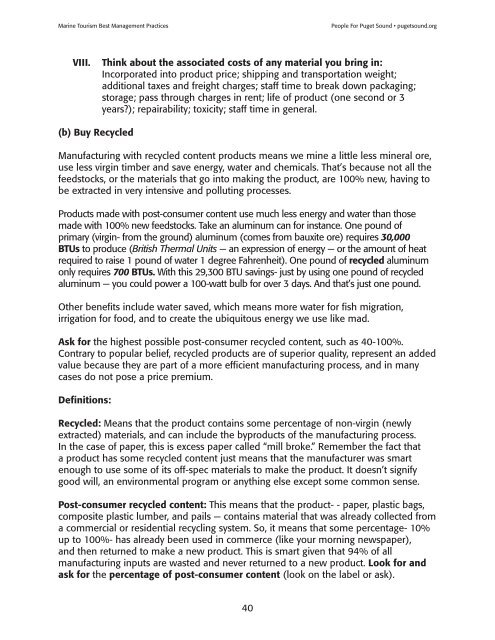
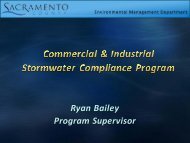
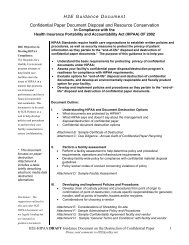
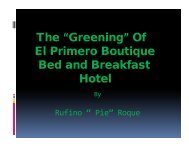
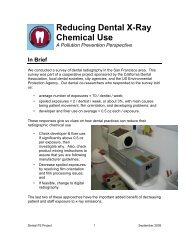
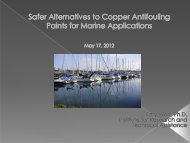
![Dental Amalgam Use [pdf]](https://img.yumpu.com/33828185/1/190x245/dental-amalgam-use-pdf.jpg?quality=85)




